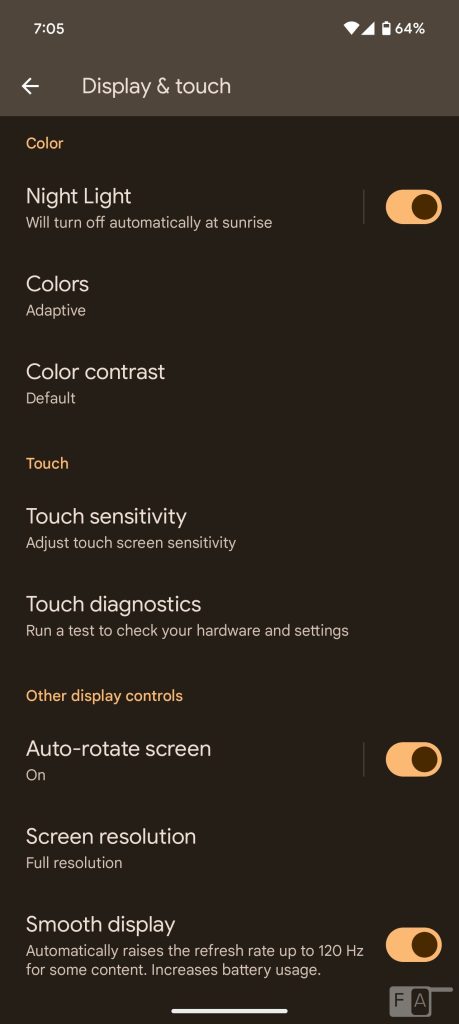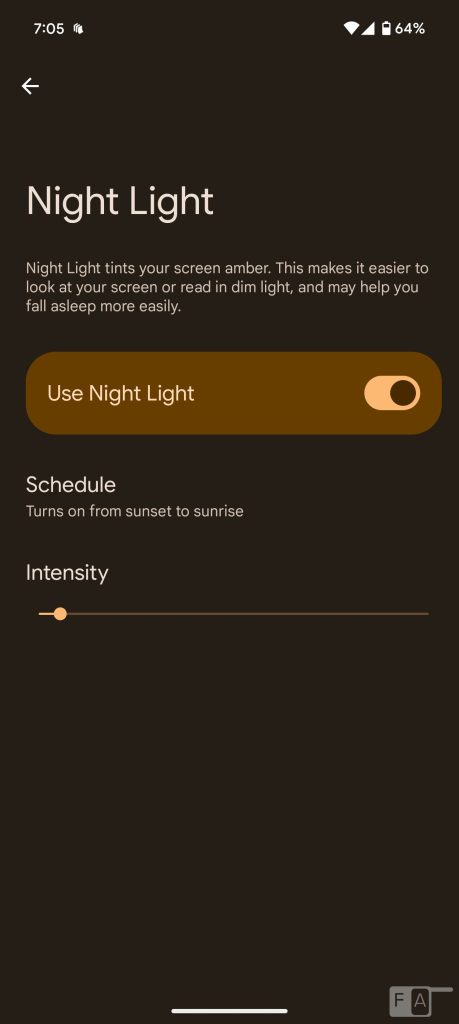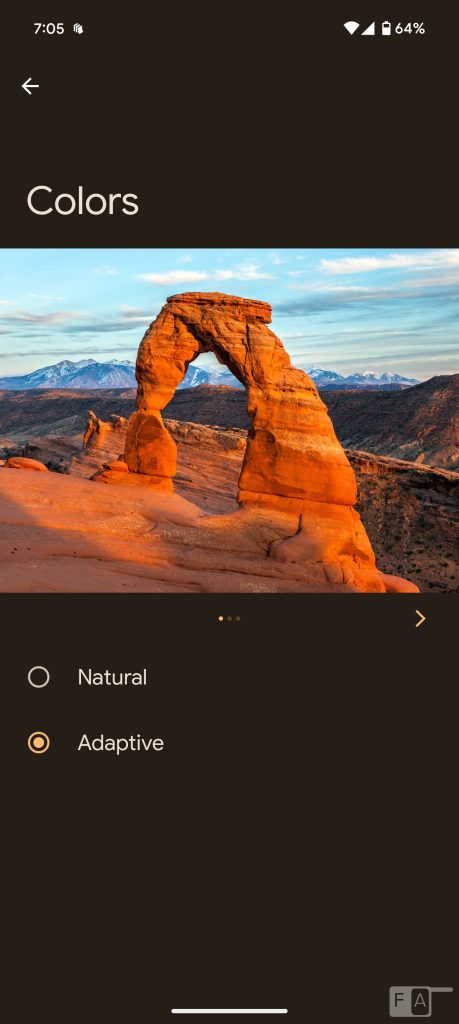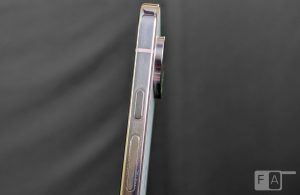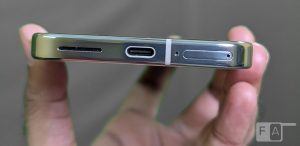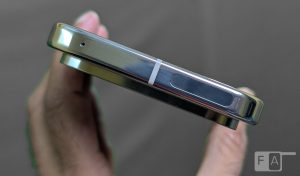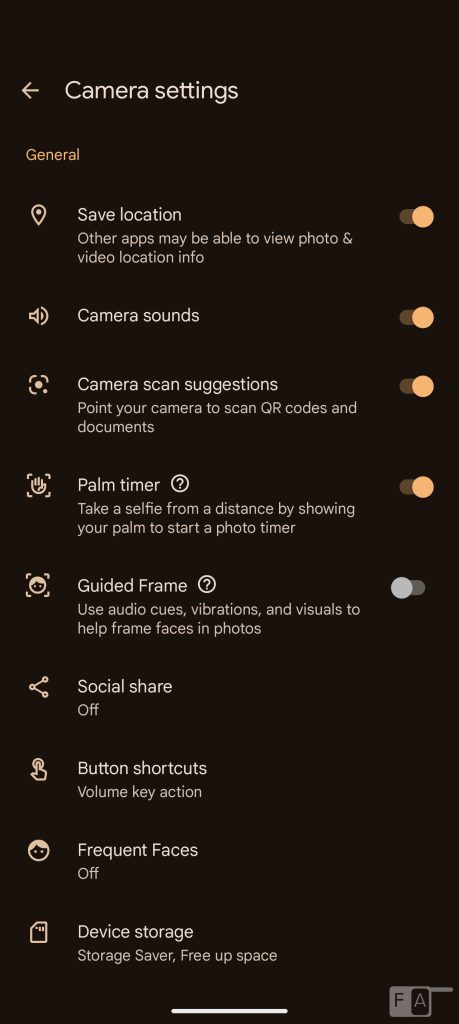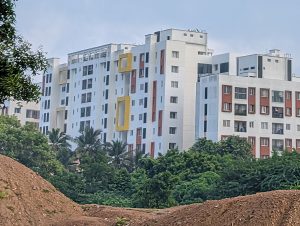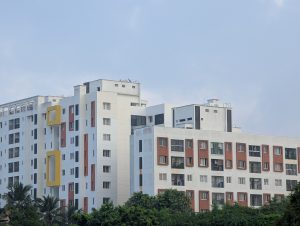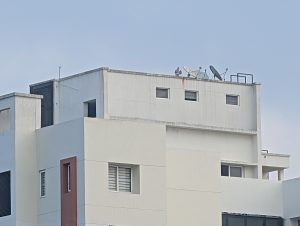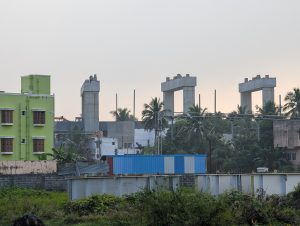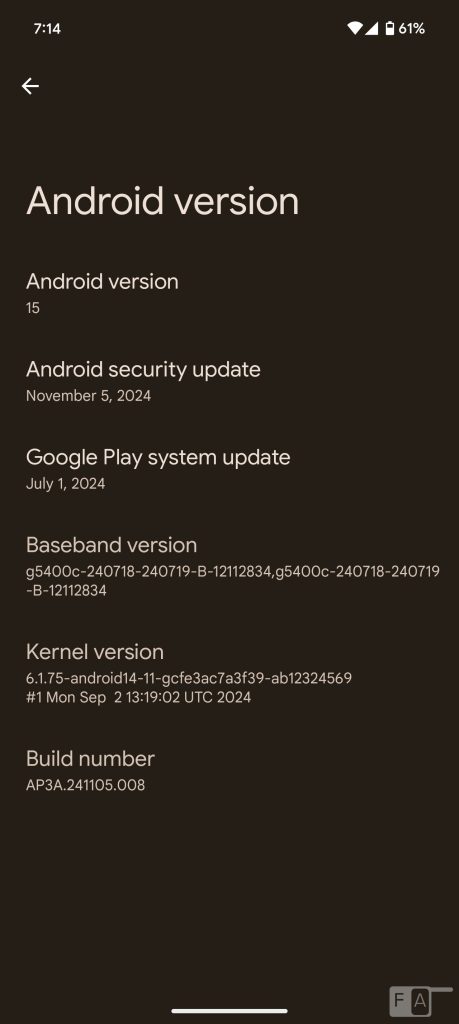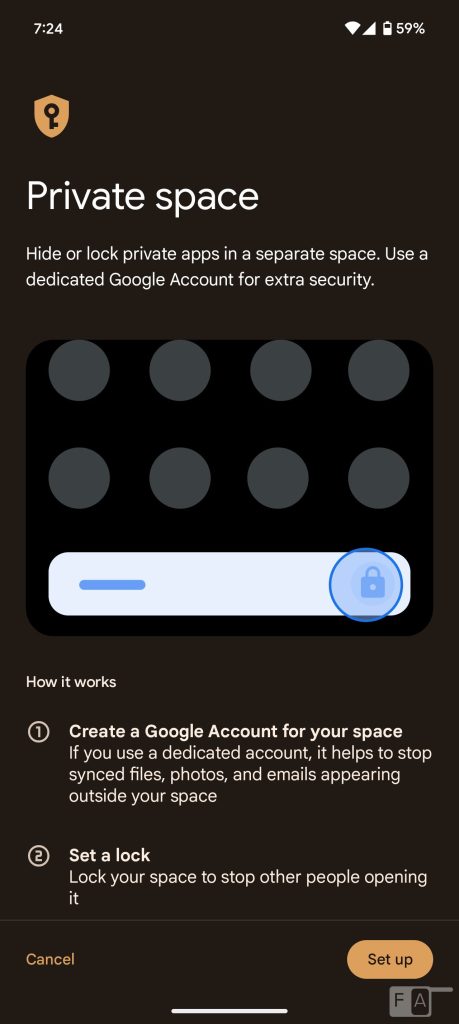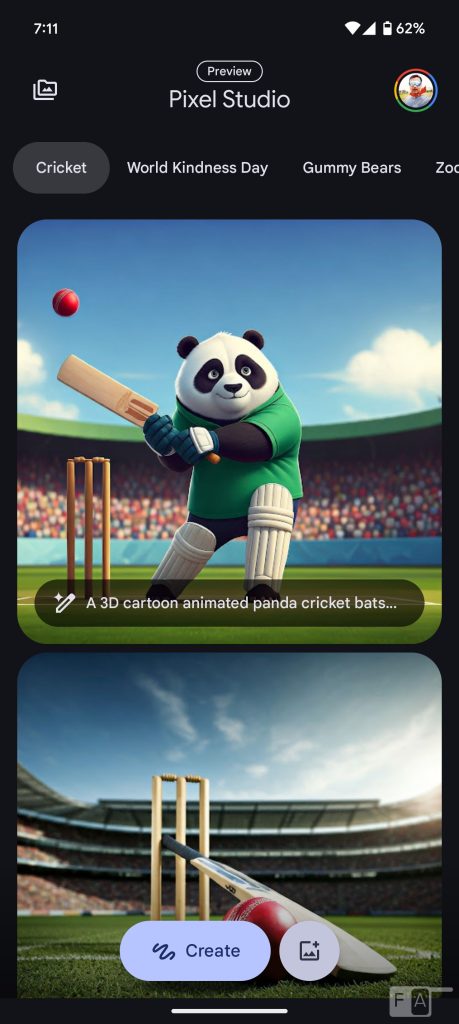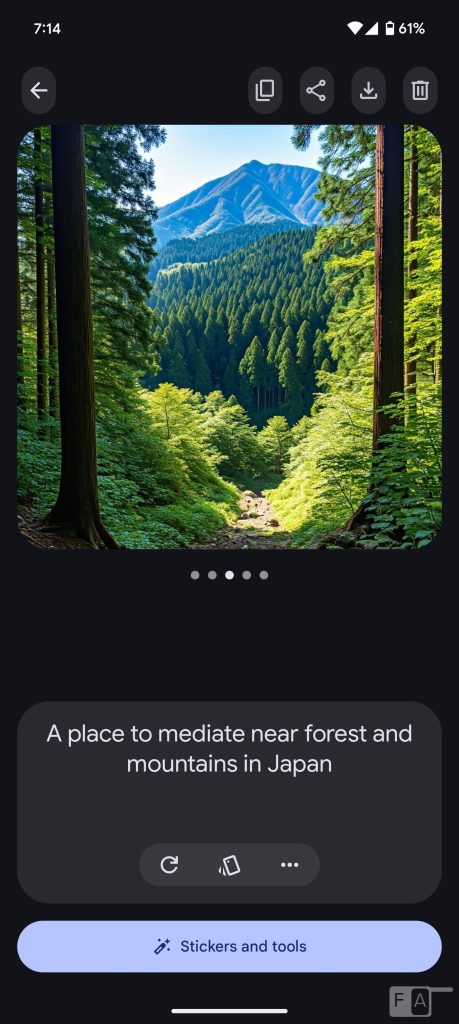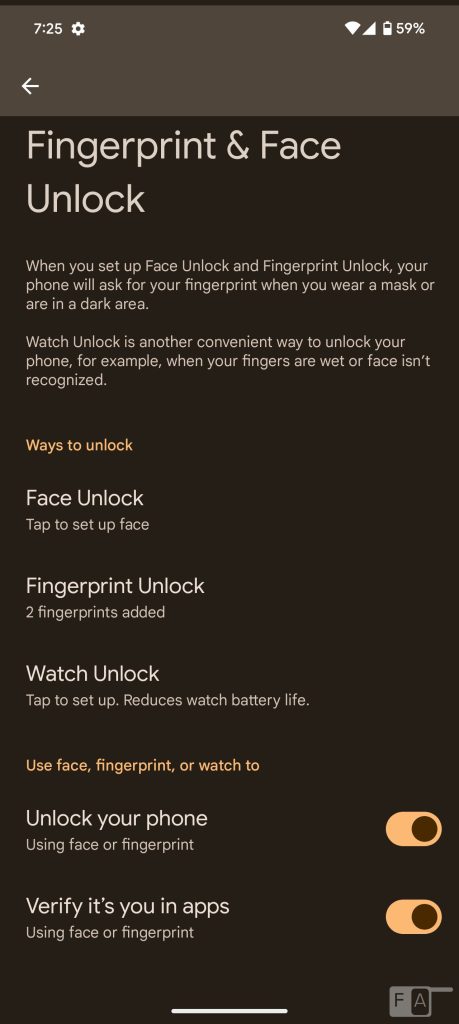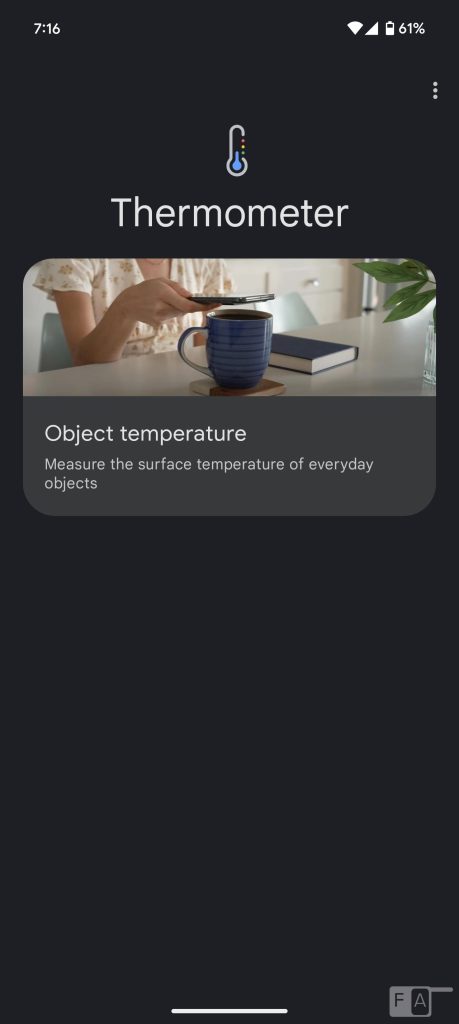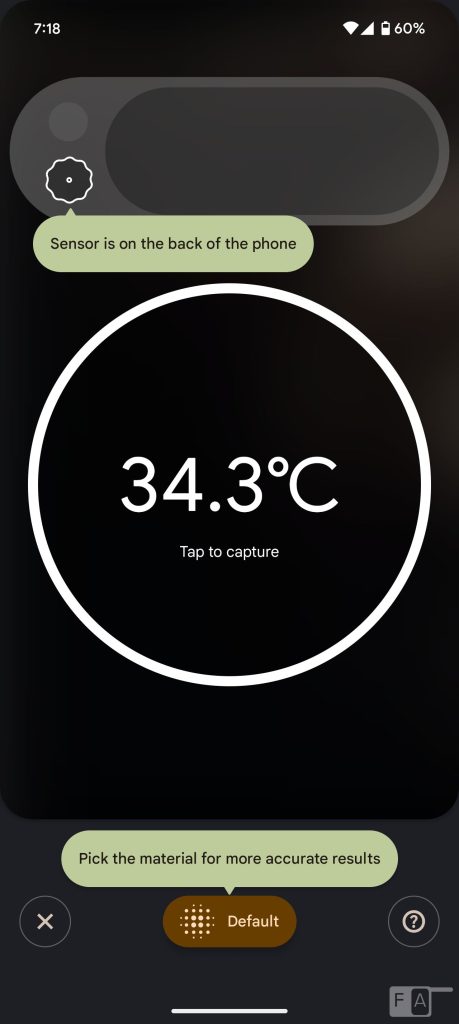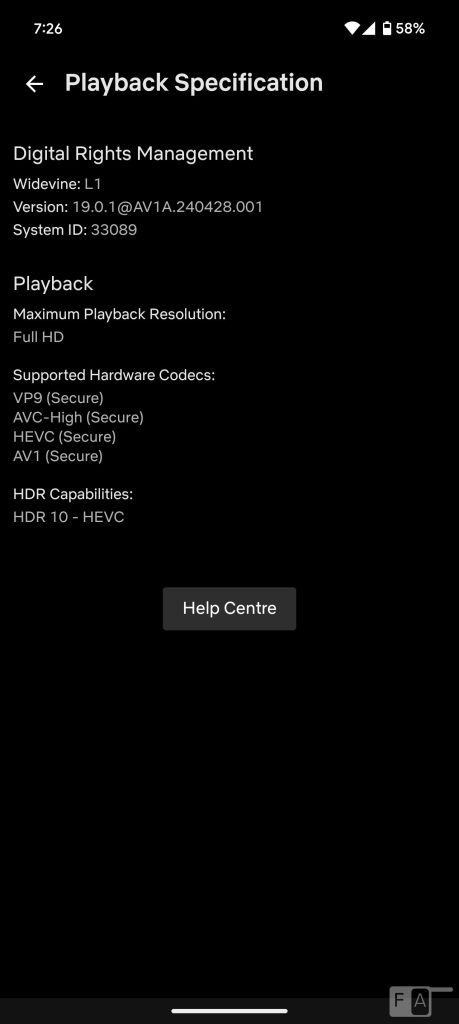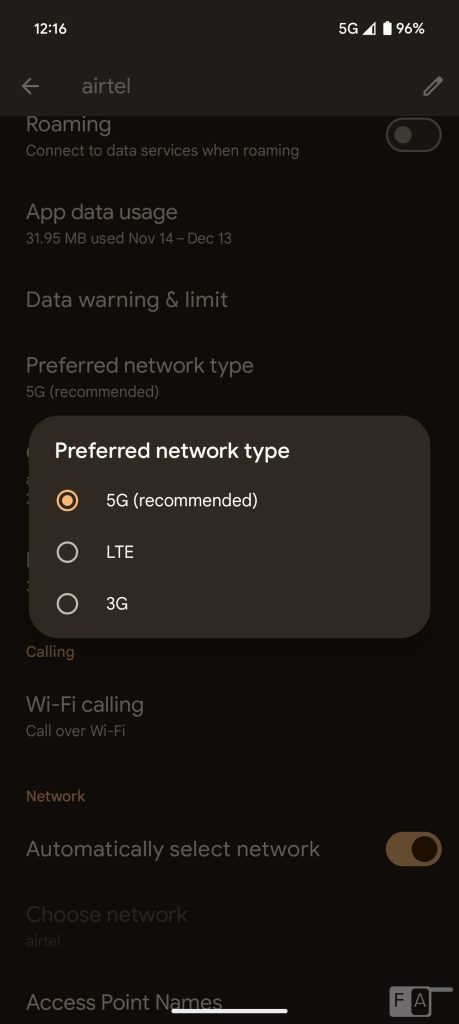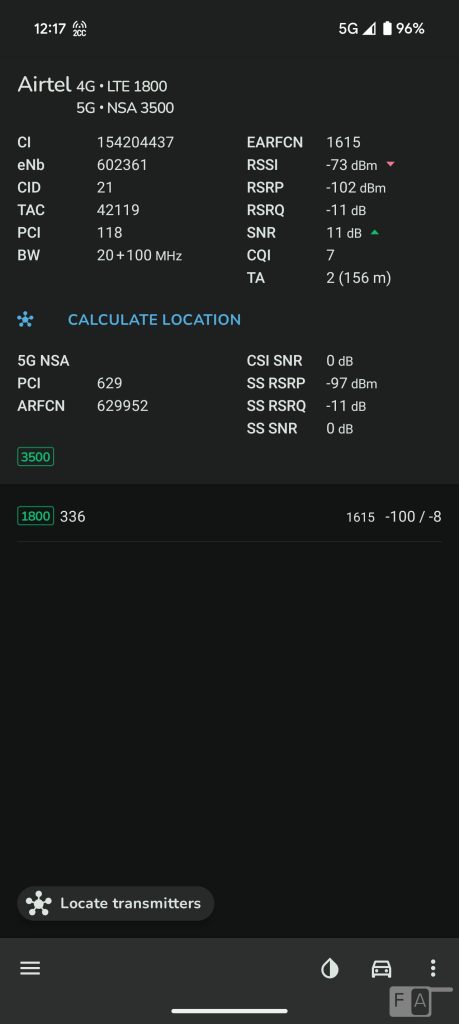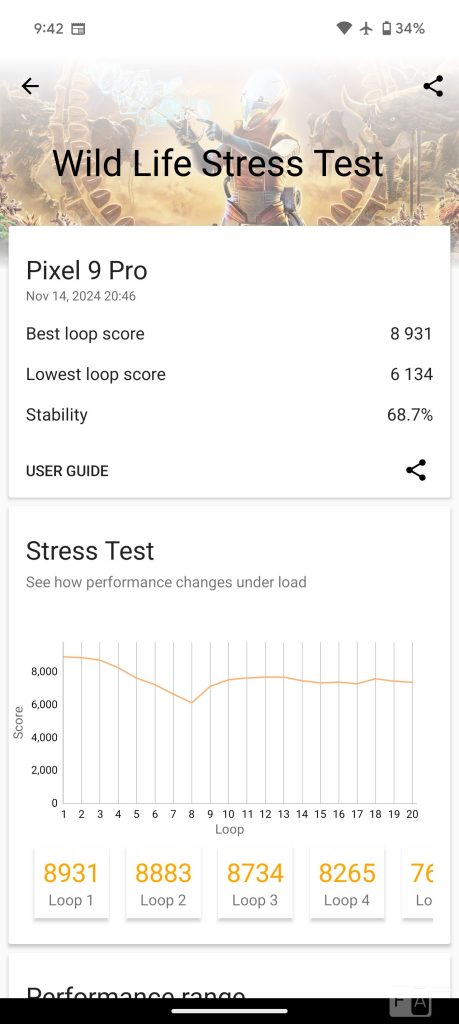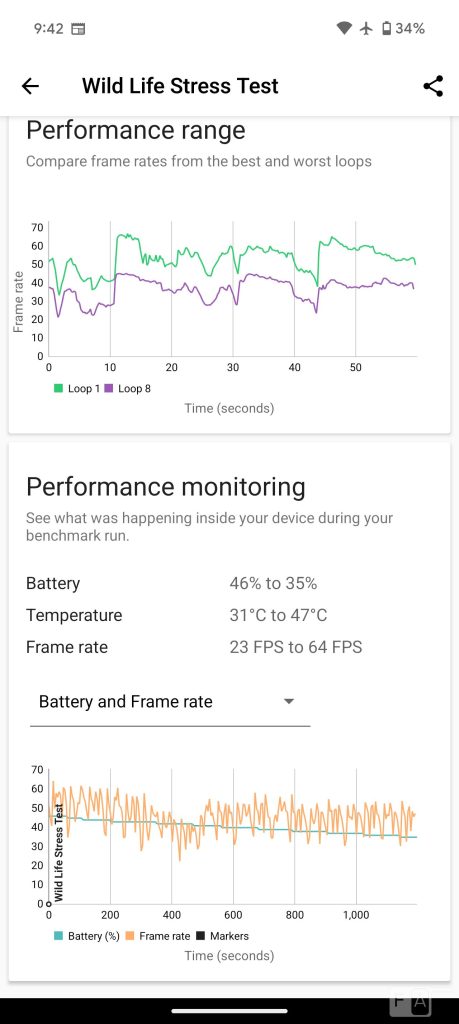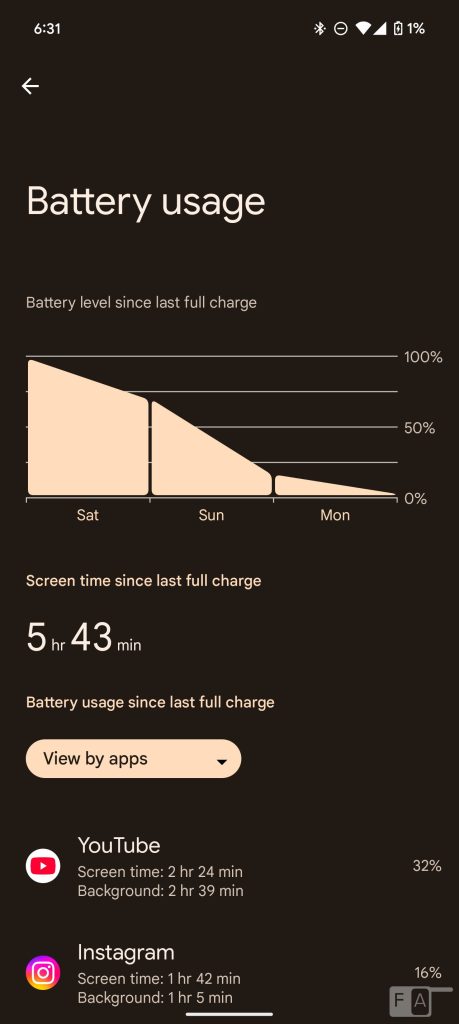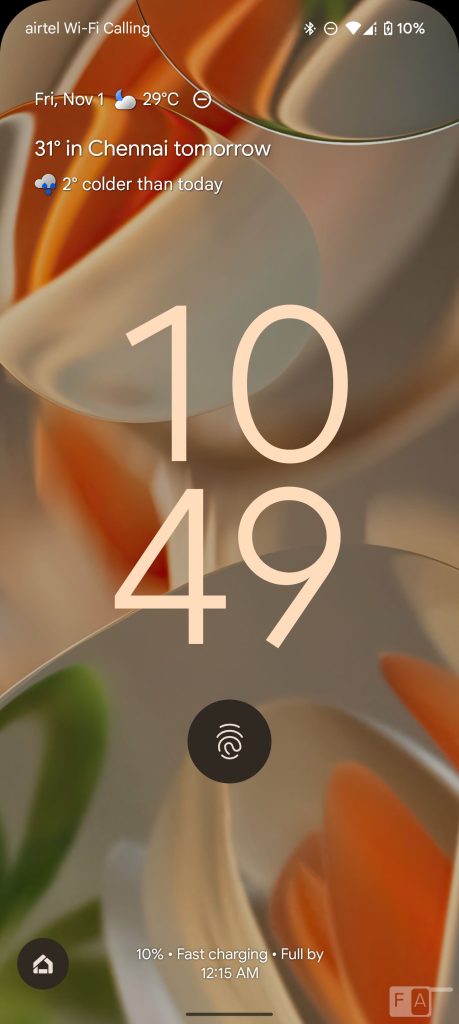![]()
Google launched the Pixel 9 Pro, the company’s latest flagship Pixel phone, back in August. Howver, the phone went on sale only in October after the Pixel 9 and the Pixel 9 Pro XL.
The Pixel 9 Pro sits in between these as a compact flagship, but with better screen and cameras, while retaining the same Tensor G4 SoC and the battery from the Pixel 9. Is it worth the price? Let us dive into the review to find out.
| Box Contents |
| Display, Hardware and Design |
| Camera |
| Software, UI and Apps |
| Fingerprint sensor |
| Music player and Multimedia |
| SIM and Connectivity |
| Performance and Benchmarks |
| Battery Life |
| Conclusion |
Box Contents
![]()
- Google Pixel 9 Pro 16GB + 256GB in Porcelain colour
- USB-C to USB-C Cable
- Quick Start Guide
- SIM Ejector Tool
![]()
This time, Google has switched to plastic free packing, and the new packaging is now made with a new paper that is three times stronger and approximately 70 percent more stretchable than our previous paper, said the company. Inside the box, it uses new moulded fiber pulp formula. However, this doesn’t come with a Quick Switch Adaptor any more.
Display, Hardware and Design
![]()
Starting with the display, the Pixel 9 Pro has a 6.3-inch 1.5K OLED display with a pixel resolution of 1280 x 2856 pixels, 20:9 aspect ratio and a pixel density of about 495 PPI, better than the Pixel 9 even though the display size is similar.
The display is bright, since it has up to 2000 nits brightness for HDR and up to 3000 nits peak brightness, making it 25% brighter than the predecessor. Outdoor visibility is just brilliant. Google is calling it Super Actua display.
The phone has a 1 to 120Hz variable refresh rate display, since it uses an LTPO panel that is not available in Pixel 9. The UI is smooth to use. It also has HDR 10+ support, which works for YouTube and Netflix.
Under the display options, there are different options to adjust colours based on your preference. There is also a night light option that lets you reduce the display’s blue light emission, so it doesn’t cause eye strain when you are reading at night.
There is Dark mode and an always-on display option for the lock screen, but it doesn’t offer a lot of customization. It doesn’t have MEMC or DC Dimming option. The phone comes with Corning Gorilla Glass Victus 2 protection, compared to the Gorilla Glass Victus in the predecessor.
![]()
There is a centre punch-hole display that houses a 42MP camera which supports 4K 60 fps video recording and HDR at 4K 30 fps. Since this is small, it doesn’t disturb when watching videos. The earpiece on the top doubles up as the secondary speaker. The front camera also works for face unlock.
![]()
You can notice a small bezel below the display, which is now uniform as the bezels from the sides and the top.
The phone has a polished metal finish on the side that is glossy, so it attracts fingerprints easily. You can see the antenna bands around the phone. The power button and volume rockers are present on the right side.
The SIM slot has been moved from the left side to the bottom, and there is eSIM support. The USB Type-C port, microphone and speaker grill are present on the bottom. The secondary microphone is present on the top.
It has a glass back with Corning Gorilla Glass Victus 2 protection, so it doesn’t get scratched, but the polished glass back attracts fingerprints and might be slippery for some. The camera bump is prominent and has a matte finish.
The phone is 8.5mm thick, same as the Pixel 9. It weighs 199 grams, which is also similar to the Pixel 9 since it has the same 4700mAh battery.
![]()
In addition to the Porcelain, the phone also comes in Rose Quartz, Haze and Obsidian colours in India. The phone has IP68 ratings for dust and water resistance.
Camera
![]()
- 50MP main camera with 1/1.31″ Samsung GNK sensor, f/1.68 aperture, OIS, LDAF
- 48MP 123° Ultra-wide camera with 1/2.51″ Sony IMX858 sensor, f/1.7 aperture, macro option
- 48MP 5x telephoto camera with 1/2.51″ Sony IMX858, f/2.8 aperture, OIS
- 42MP 103° front camera with 1/2.51″ Sony IMX858 sensor, autofocus, f/2.2 aperture
The camera UI is simple with options for night sight, portrait, camera, video, panorama, new photo sphere and Google Lens. There is also expert or pro mode in the Pixel 9 Pro model, and there is also RAW option, which you can enable from the advanced settings.
Other features include, Astrophotography, Night Sight, Top Shot, Magic Eraser, Real Tone, Face Unblur, Long Exposure mode, Best Take, Magic Editor and Audio Magic Eraser features from the older Pixels. The new Add Me lets you take a photo of a group, then trade places with someone and take a second photo with you in it.
Reimagine in Magic Editor can create anything when you just describe what you want. Auto frame in Magic Editor uses AI to generate options to better frame a photo you’ve already captured.
Coming to the image quality, daylight shots are brilliant dynamic range from both the cameras, and the main camera offers impressive bokeh shots compared to the Pixel 8 Pro,. HDR quality is better, thanks to the updated HDR+ imaging pipeline.
After pixel binning, you get 12.5MP output from the main camera. For ultra-wide, you get 12MP output. It also has macro option for the ultra-wide camera, but it is still not perfect if you want to go too close, and the colours are not impressive, so it is better to stick to 2x mode for macro shots. The telephoto camera has seen improvements, and you also get the zoom enhance feature that is not available in the standard Pixel 9, so that you can enhance details in parts of the image after it’s shot. The 42MP front camera is good.
Even though the phone only has telephoto zoom up to 5x and digital zoom up to 30X, the computation photography makes the image look clear. As usual, edge detection in portrait shots are good. Lowlight camera performance is also good, and the night sight helps in places where there is minimal light. As usual, the phone offers a versatile camera set up in a compact design.
Check out the camera samples.
It can record videos at 4k resolution at 60 fps standard and 4K 30 fps HDR from main, ultra-wide and the front camera. You can also switch between the main and ultra-wide cameras.
The main camera has standard, locked, active and cinematic pan stabilization options. Standard is enough for most cases, and the active mode uses the ultra-wide camera, and zoom in for better stabilization. The phone also has Slo-mo video support up to 240 FPS. Video quality is good from both the front and rear cameras. There is 8K video recording at 30 FPS powered by Video Boost and up to 20x Super Res Zoom in Night Sight Video and Video Boost which are good if you use it.
Software, UI and Apps
Like the Pixel 9 and Pixel 9 Pro XL, the Pixel 9 Pro also came with Android 14 out of the box, but the company released Android 15 at the same time as the phone launch, so we received the update in our unit, and the company also released the November Android security patch earlier this month. Google has promised 7 Android OS updates, feature drops and security patches, similar to the Pixel 8 series.
You don’t see a lot of visual difference in the Android 15, but it brings several new features, including Private space, app archiving, predictive back animations, Taskbar pinning, default edge-to-edge mode, Home Controls screensaver, volume panel redesign, richer widget previews and lots more.
Coming first to Pixel 9 series, the new Pixel Studio app lets users create images from scratch with an on-device diffusion model and Google’s Imagen 3, featuring an intuitive interface for easy prompting and editing. It still doesn’t let you generate human images.
The Pixel Weather app now offers precise forecasts with AI-generated reports using Gemini Nano for enhanced accuracy and engagement. The Pixel Screenshot organizes and recalls screenshots by analysing content, including links and summaries, for easy retrieval.
The Pixel 9 gets 16GB LPDDR5X of RAM for the first time, up from 12GB in the older Pixel 8 Pro model. You get 15.19GB of usable RAM, and about 9GB of RAM is free when default apps are running in the background. It doesn’t have memory extension or virtual RAM. Out of 256GB, you get about 228GB of free storage. It still has UFS 3.1 storage. Apart from the Google apps, it doesn’t have any third-party apps.
Fingerprint sensor, Face unlock and Temperature Sensor
The phone has an ultrasonic in-display fingerprint scanner from Qualcomm for the first time, which is faster and accurate compared to the optical fingerprint scanner in the older Pixel phones. There is also face unlock option, which is now more secure for payments. You also get a thermometer sensor that lets you measure your body temperature or the temperature of items or liquid.
Music Player and Multimedia
YouTube Music is the default music player. It doesn’t have Dolby Atmos or any other custom audio features. Audio through the stereo speakers is clear and loud, and there is no distortion even at full volume. Audio through the headphones is good as well. The phone has Widevine L1 so that you can play HD content on Amazon Prime Video, Netflix and other streaming apps. You also get HDR playback on Netflix, in addition to YouTube.
SIM and Connectivity
The Pixel 9 Pro has single physical SIM and an eSIM support, so you can use it as a dual SIM phone. The phone has the usual set of connectivity features such as 5G with support for n1/2/3/5/7/8/12/14/20/25/26/28/30/38/40/41/66/71/75/76/77/78/79 bands, dual 4G VoLTE, Wi-Fi 7 802.11be with 2.4GHz+5GHz+6GHz, 2×2+2×2 MIMO, Bluetooth 5.3 with dual antennas, GPS + GLONASS and NFC support.
It also has USB OTG support. We did not face any call drops and the earpiece volume is good, even though it is present on the top edge. I didn’t have any 5G or 4G connectivity drops, which I faced in the Pixel 8 series. However, I couldn’t get to 5G to work all the time, since the phone was in 4G mode in several places on Airtel. I got 5G in most places when I used Jio. This uses Exynos 5400c modem, compared to Exynos G5300i in the older Pixel phones.
![]()
The Pixel 9 Pro’s body SAR is 0.99W/Kg and head SAR is at 0.93/Kg which is almost similar to the Pixel 8 Pro, and is well under the limit in India, which is 1.6 W/kg (over 1 g).
Performance and Benchmarks
![]()
The Pixel 9 Pro is powered by the new Google Tensor G4 SoC, an upgrade from the Tensor G3 in the Pixel 8 series. It has 1x Cortex-X4 @ 3.1GHz; 3x Cortex-A720 @ 2.6GHz; and 4x Cortex-A520 @ 1.92GHz with Mali-G715 MP7 GPU and also has Titan M2 security chip. This still uses Samsung’s 4nm process tech.
The performance is smooth without any lags. When you play graphic-intensive games like COD, BGMI and Genshin Impact, or use the camera for a long time for recording videos, it gets hot, but compared to the Pixel 8 Pro this was less. I did not receive an overheating warning on my Pixel 9 Pro, but it gets hot.
In 3D Mark wild life stress test, it scored 68/7% which is average. The temperature increased from 31 to 47 degrees, which is slightly higher than the Pixel 9 and the Pixel 9 Pro XL is better. That said, check out some synthetic benchmark scores below.
![]()
![]()
![]()
As you can see, the Tensor G4 chip is decent, but it can’t compete with Qualcomm or MediaTek’s flagship chips.
Battery life
Coming to the battery life, the phone packs a 4,700mAh (typical) built-in battery, which is the same as the Pixel 9. I got more than a day of use on a single charge in 120Hz, and got more than 5 hours and half hours of screen on time, mostly on Wi-Fi, almost similar to the Pixel 9. With heavy use, it will last for a day.
The phone has 30W PD fast charging, charges at maximum 27W, according to Google. It takes around 30 minutes to charge to 50%, and around 1 hour and 30 minutes for full charge. This still has 15W wireless charging support, so it will take longer to charge the phone.
Conclusion
Overall, the Pixel 9 Pro is a good compact camera flagship from Google for those who can spend more. It is compact, gets a telephoto camera that the Pixel 9 lacks, and the front camera quality is also better. The Rs. 1,09,999 price tag compared to Rs. 1,13,999 price tag for the 256GB model is actually less, and there is no 128GB model in India currently, for those who need a cheaper version.
Compared to other flagships the pricing is more since there are phones with powerful SoCs, bigger battery and faster charging at a cheaper rate. However, you don’t find flagship phones that are compact with camera prowess like the Pixel 9 Pro, and 7 years of updates without any bloatware. There are also AI features that are an added advantage, and you also get ‘Gemini Advanced’ which is a paid version of Gemini worth Rs. 1,950 per month free for 1 year, which you can opt out of after that.
Alternatives
Samsung Galaxy S24 is a good compact phone alternative, and you can go for the Pixel 9 if you don’t need the telephoto camera.
Pricing and availability
The Google Pixel 9 Pro is priced at Rs. 1,09,999 for the 256GB model in India. You can get it from Flipkart as well as at over 150 Croma and Reliance Retail outlets in 15 cities across the country. There is a Rs. 10,000 discount with ICICI Bank Credit and Debit Cards for a limited period.
Pros
- Brilliant LTPO display
- Good cameras
- Smooth performance
- Good build quality, IP68 ratings
- Promise of 7 years of OS updates
Cons
- Gets heated on intensive tasks and intensive gaming
- Glossy side frame

